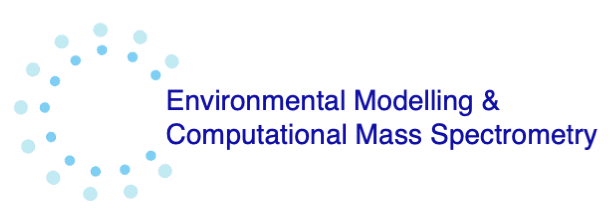New Preprint - Exploration of Chemical Space
Exploring the Chemical Space of the Exposome: How Far Have We Gone?
Around two-thirds of chronic human disease is not explainable by genetics alone. The Lancet Commission on Pollution and Health estimates that 16% of global premature deaths are linked to pollution. Additionally, it is now thought that humankind has surpassed the safe planetary operating space for introducing human-made chemicals into the Earth System. Direct and indirect exposure to a myriad of chemicals, known and unknown, poses a significant threat to biodiversity and human health, from vaccine efficacy to the rise of antimicrobial resistance as well as autoimmune diseases, and mental health disorders. The exposome chemical space remains largely uncharted due to the sheer number of possible chemical structures, estimated at over 10^60 unique forms. Conventional methods have cataloged only a fraction of the exposome, overlooking transformation products and often yielding uncertain results. In this perspective we have reviewed the latest efforts in mapping the exposome chemical space and its sub-spaces. We also provide our view on how the integration of data driven approaches might be able to bridge the identified gaps.

